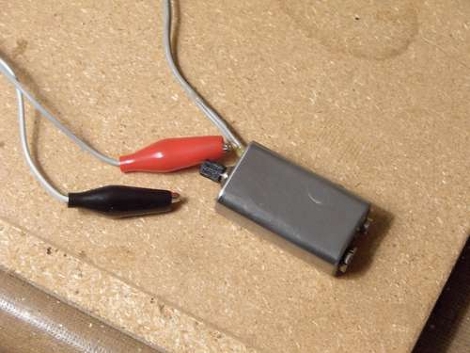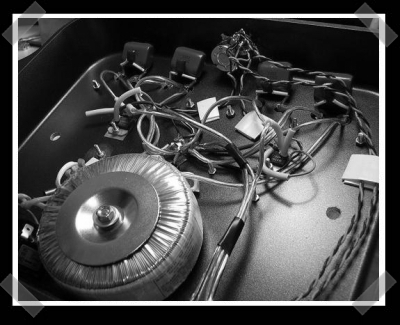
It’s pretty creative to use a 9v battery as an enclosure. That’s what [Osgeld] did when building this amplifier. There are several advantages; they’re easy to find, it keeps a bit of the dead battery out of the landfill, and this method provides a built-in connector for a 9v power source. In this case the circuit is built around a LM386 audio amplifier. It’s glued to the back of a potentiometer and wired up with the other components for a package smaller than a quarter. A stereo jack reside in the side of the battery case with a cable and alligator clips for connection with a speaker. Now the amp can be quickly connect to any 4-8 ohm speaker.
















